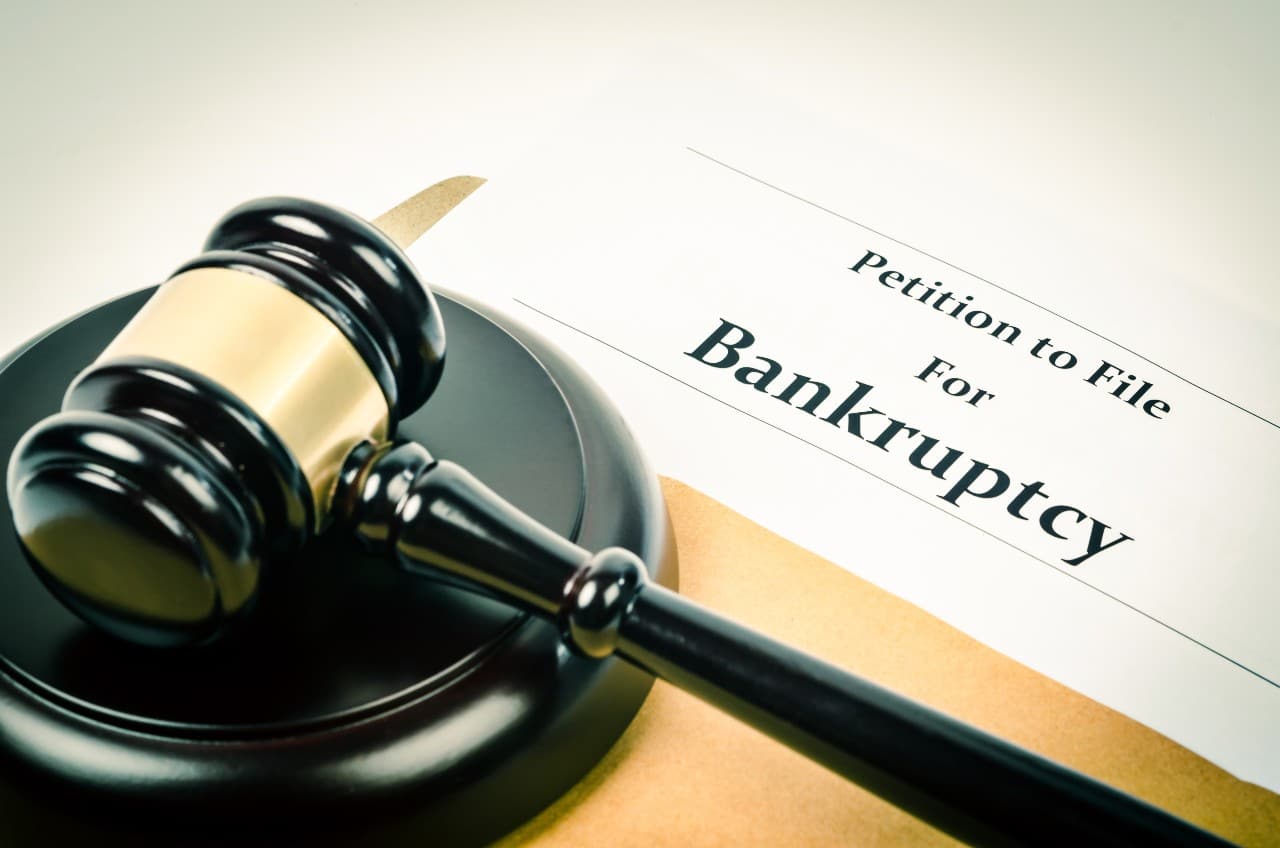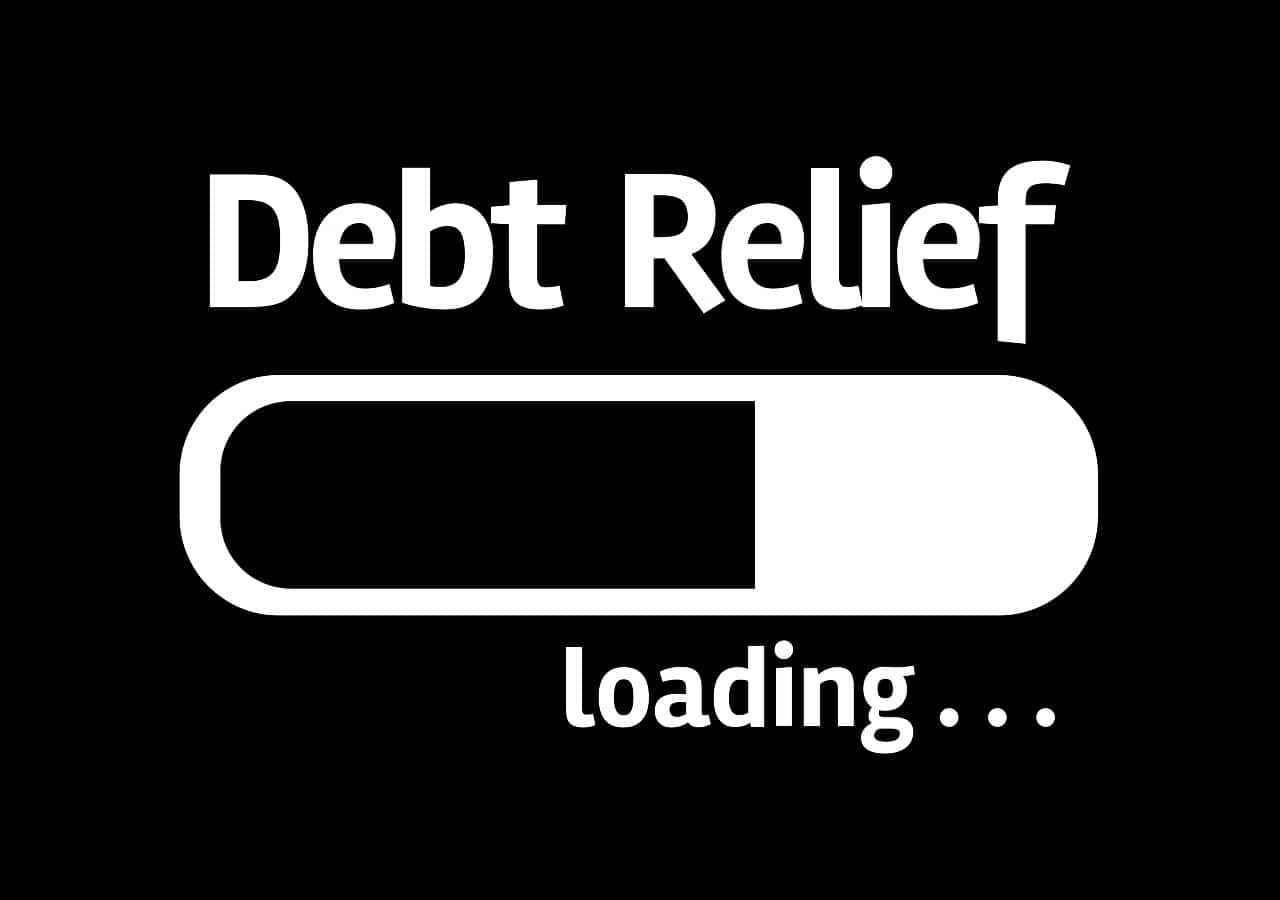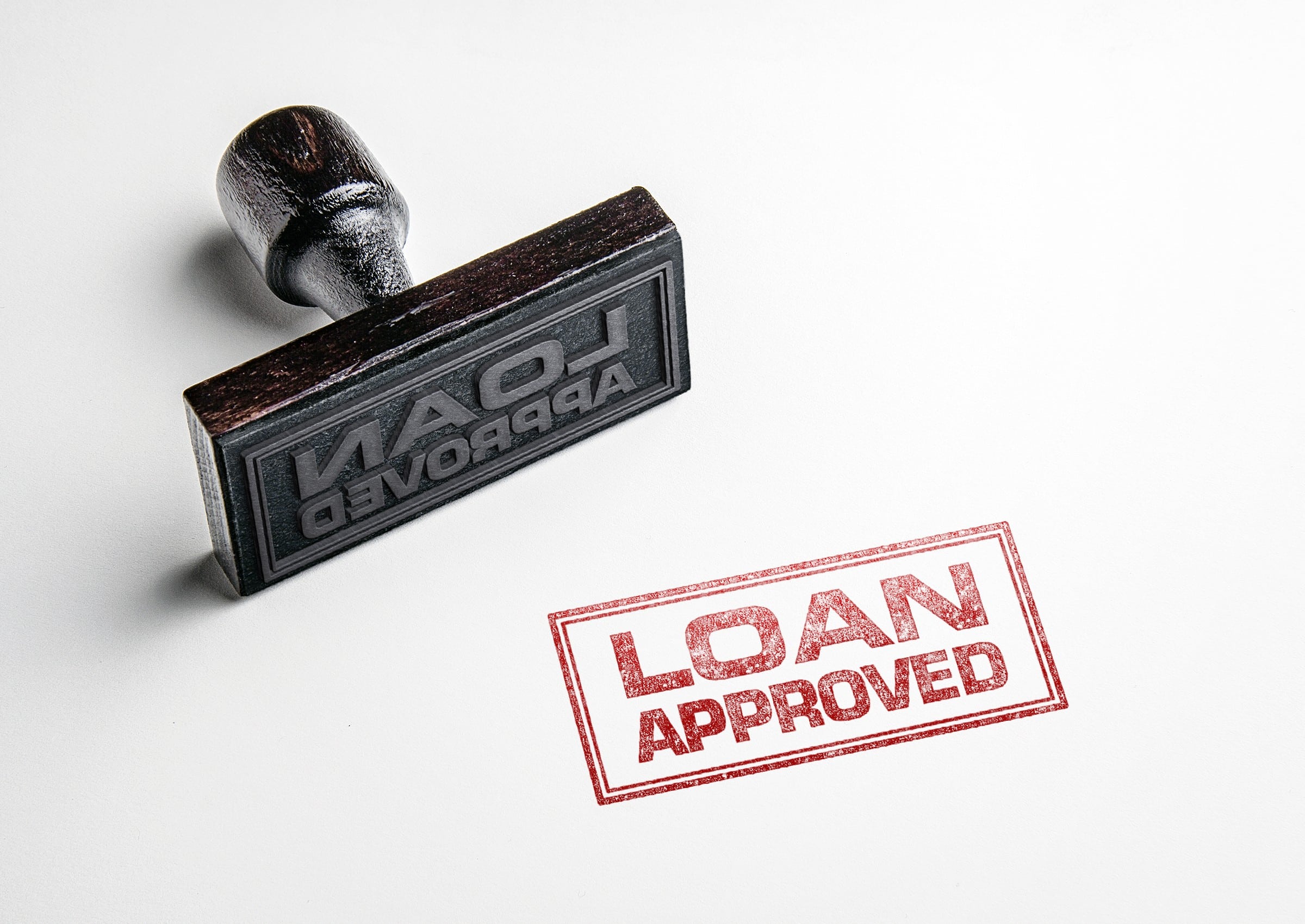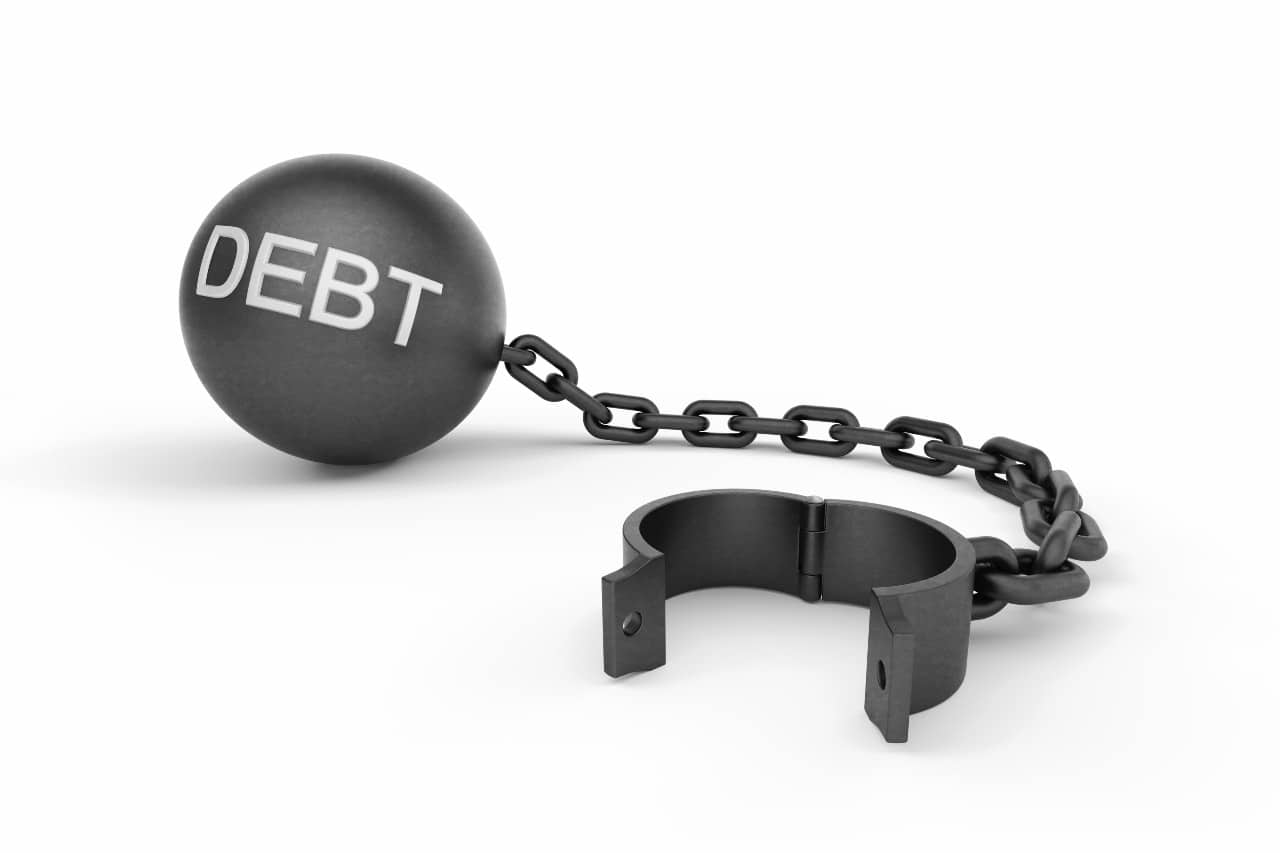Living abroad doesn’t absolve someone from their Canadian debt obligations. Luckily, there are effective ways to handle the debt. Financial expert, Mubina, walks us and querent Gerald through what they are and why it’s important to deal with debt sooner rathar than later.
The question
Hi,
Thanks,
I lived in Toronto for 8 years, but moved overseas 5 years ago. Before I left, I couldn’t pay off all my debt and, though I’ve been trying to sell it, my car is still unsold there. I own around $27,000 CND between my credit card and line of credit.
What are my options? Is bankruptcy imminent?
Gerald, J.
The answer
Gerald, it would have been less complex to tackle your debt while you were in Canada. What’s more, while the original debt amount may be lower, lenders put an interest rate on it which keeps getting added on with every passing year, racking up your net debt. Nevertheless, it’s better 5 years later than never. Wishing your debt away is not the solution as you may have read often on this website. The only way to tackle debt is to deal with it head-on. To begin, let’s understand the repercussions of outstanding debt.
If you’ve not changed your phone number, you may already be on the receiving end of incessant phone calls from your credit card company over your credit card debt or any other kind of consumer debt. Besides, if you ever come back to Canada, your creditors will be awaiting you.
Creditors won’t stop at phone calls. They will move to legal steps to recover debt if necessary. Suing you overseas is unlikely becuase it is a long and expensive process but you may already have been sued in Canada. The Limitations Act in Ontario says a creditor has to sue you within two years of when you stopped paying. So if you haven’t already been sued within the statute you’re safe. If you have, then you being overseas, wouldn’t have been able to defend yourself so judgment may already be passed.
And finally, creditors can follow you wherever you are. While it may not show up on your overseas credit report or impact your credit score, in the world of blockchain. Blockchain is being adopted at a steady pace by banks and financial institutions. This makes it very easy to collate and surmise an individual’s credit history regardless of the origin of their debt.
This may feel overwhelming, but there are options available. And they’re more or less the same as if you were still living in Canada.
Option 1: File for bankruptcy
Your first option is to file for bankruptcy in Canada. Canada’s bankruptcy law states that you can declare bankruptcy in Canada if:
- You have conducted business in Canada in the past year
- You have been a resident of Canada within the last year
- Most of your assets are in Canada
While criteria 1 and 2 don’t apply to you, criterion 3 might make you eligible to declare bankruptcy before the Canadian government. Additionally, you will also need a Canadian address for correspondence.
To file for bankruptcy in Canada, you will need to do the following:
- Meet with a Licensed Insolvency Trustee at least once before filing. Regulations require at least one face-to-face meeting.
- Attend two credit counseling sessions in person. These are BIA or Bankruptcy and Insolvency Act counseling sessions.
- There may also be a creditor meeting or a discharge hearing for which you need to make yourself available
- Declare all assets owned by you within and outside Canada
- Report all debt owed within and outside Canada
Overseas debt
This brings us to the next point of what happens to the debt you’ve incurred outside Canada, does declaring bankruptcy in Canada deal with overseas debt too? The short answer is no. If financial stress impairs your ability to service the new debt taken up in your current location too, you may have to do a separate bankruptcy filing per the laws of that country. Filing for bankruptcy in Canada deals with Canadian debt including credit card balance and any other line of credit
Your Canadian assets, which include your motor car will be seized and sold off at market value to pay your creditors. While the Trustee may want to realize your overseas assets in the interest of Canadian creditors, it is not as easy as the creditors in the overseas jurisprudence may also claim a stake in it first.
What happens after you file for bankruptcy
Bankruptcy is like starting with a clean slate as you stand discharged from most of your debts. The objective is to give a well-intended individual who may have found themselves in financial stress and thus unable to pay bill.
Option 2: Consumer proposal
Consumer proposal is a great alternative to bankruptcy for you, considering your overall debt is CA$27,000. It allows you to reduce the amount you have to pay back. You can reduce your debt by as much as 80% and get to keep your assets. It also freezes interest payments. You have to work with your lenders and agree to an amount you can afford to pay off, considering your average income among other things. You’ll have up to 5 years to pay the amount agreed on. The steps to file a consumer proposal are similar to if you were living in Canada:
- You have to contact a Licensed Insolvency Trustee who will go through your documentation and prepare a proposal to be put forward to your creditors and take care of your entire debt management plan.
- List out all the debt and who you owe. Not just Canadian debt but foreign debt incurred too. You’ll also have to provide proof of income which maybe pay stubs or your bank statement
- You can arrive at an amount that you think you would be able to pay back to your creditors and the monthly installment. Your Trustee will prepare a proposal which you have to review and sign.
- Your Trustee will file your consumer proposal with the federal government and court on your behalf and also present it to your creditors for voting. After this, any recovery proceedings or legal activities initiated against you will be cease.
What happens after the implementation of a consumer proposal
You must make monthly payments even while you’re abroad. Once you’ve paid it all down you are legally released from all the Canadian debts mentioned in the proposal. You get to retain your car, if it’s something you want to retain in the first place.
Bankruptcy vs Consumer proposal
Both are effective solutions for you as they provide a path to the resolution of your outstanding Canadian debt. The biggest difference is the impact that each route has to your credit rating. Bankruptcy has a larger impact on your credit rating and can remain on your credit report for 6-7 years after completion. A consumer proposal is less damaging.
Since you’ve been abroad, and presumably earning an income in a foreign currency, you may also want to see how the Canadian Dollar has moved versus the former. If the foreign currency has appreciated versus the Canadian Dollar, it puts you in a good position to opt for a consumer proposal to pay off your debt.
The good news is that the Bank of Canada has recently announced rate cuts. These cuts flow through the banking and financial system and eventually to the average Canadian. In such a situation, while it’s not advisable, a consolidation loan is also an option. Considering that a new loan might be available at a lower interest rate, you could avail of one, if you are still eligible, and pay off the old high-interest lines of credit. This could lower your future interest bill. However, this is not advisable.
Should you ever wish to return to Canada, picking any of the two options above should put you in a better position reset your finances. Don’t forget to inculcate healthy financial habits like spending wisely. Pay credit card debts in time, if not the entire card balance at least the minimum amount.
Have a financial question you’d like answered?
Post the question to our Facebook page and we’ll get one of our experts to answer it! We’ll post the response right here in our blog section.









